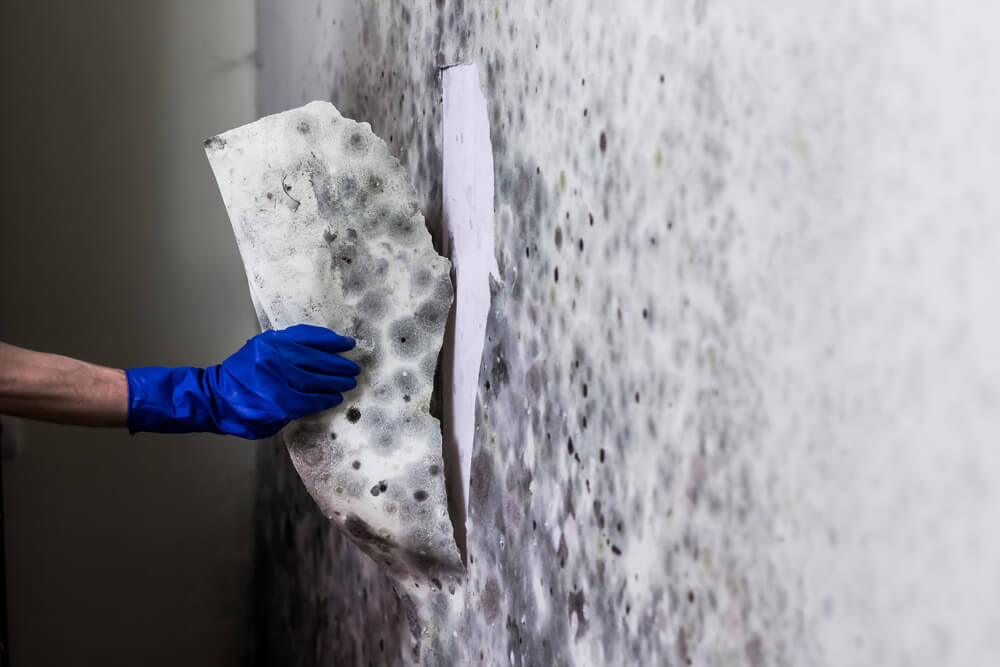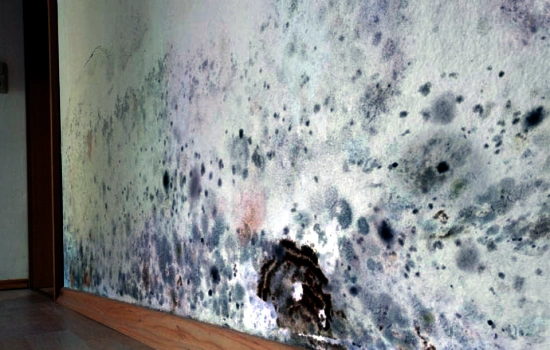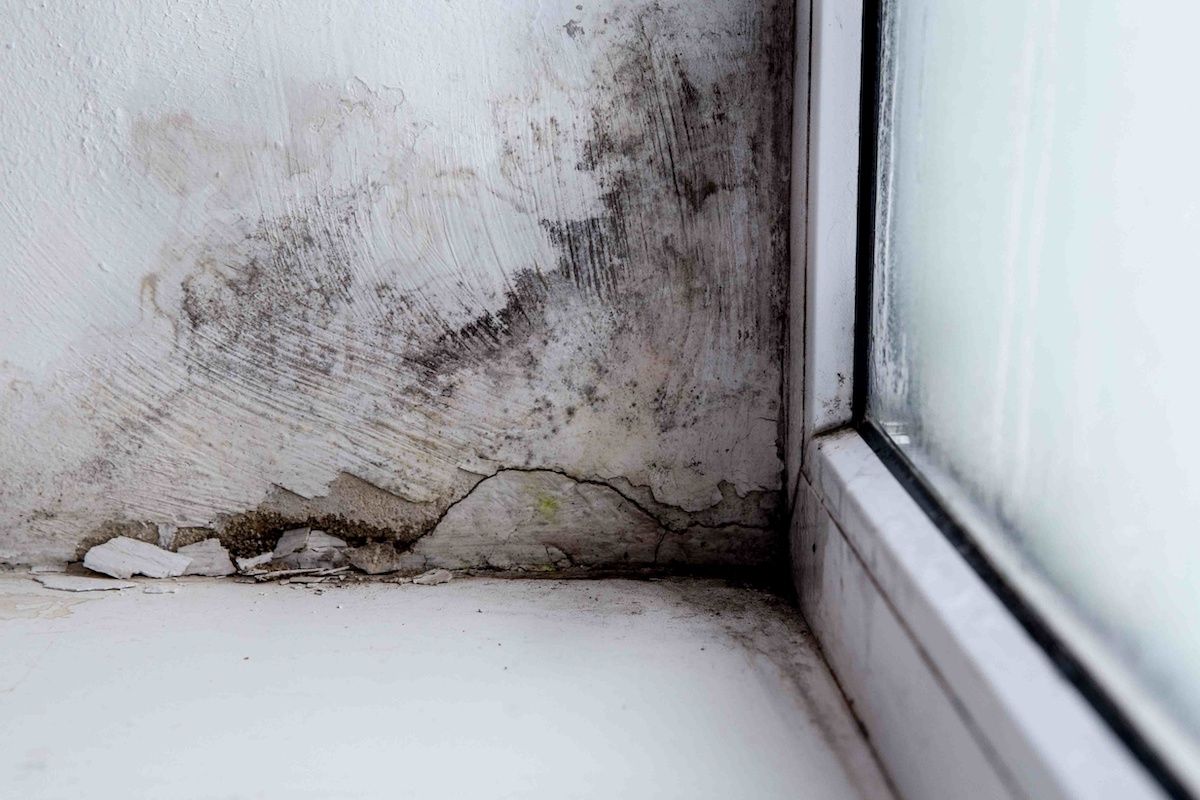Crucial Actions After Mold Remediation
Crucial Actions After Mold Remediation
Blog Article
Your Ultimate Guide to Blog Post Mold Remediation Strategies
In the results of mold infestation, recognizing just how to properly eliminate the mold and stop its reoccurrence is vital for maintaining a healthy and balanced indoor environment. From picking the best cleaning and decontaminating methods to applying methods for long-lasting mold prevention, each step in the remediation trip plays a vital role in making certain an effective end result.
Understanding Post-Mold Remediation Refine
After finishing the mold removal process, it is critical to recognize the post-mold removal strategies that are needed to make sure a reliable and detailed clean-up. When the mold and mildew has been eliminated, the following action entails cleaning and sanitizing the impacted areas to avoid any regrowth of mold. This consists of utilizing specialized cleaning agents to wipe down surfaces and eliminate any remaining mold spores. It is necessary to dry the area entirely to discourage the development of mold and mildew in the future (what to do after mold remediation). Proper air flow and dehumidification can help in this process.
Furthermore, performing a last evaluation post-remediation is vital to guarantee that all mold has been efficiently removed. This inspection must include a complete aesthetic check in addition to possibly air tasting to verify the lack of mold spores airborne. Extra removal might be required if the evaluation exposes any kind of remaining mold. Lastly, informing occupants on safety nets such as controlling dampness levels and without delay resolving any kind of water leaks can aid maintain a mold-free setting.
Efficient Cleansing and Disinfecting Approaches

Stopping Future Mold Growth

Relevance of Appropriate Air Flow
Proper ventilation plays a vital function in stopping dampness build-up, a key factor in mold and mildew growth within indoor settings. Effective air flow systems aid eliminate excess moisture from the air, lowering the opportunities of mold and mildew spores locating the dampness they require to spread out and sprout. Without appropriate air flow, interior areas can end up being a breeding ground for mold, resulting in prospective health and wellness dangers and architectural damages.
By making certain appropriate air blood circulation, ventilation systems can also aid in drying wet locations quicker after water damage or flooding incidents, better discouraging mold growth. After mold remediation. Precede like restrooms, kitchen areas, basements, and attic rooms where moisture degrees tend to be higher, setting up and keeping reliable air flow systems is important in avoiding mold and mildew invasions

Tracking and Upkeep Tips
Given the vital function that appropriate ventilation plays in preventing mold development, it is vital to visit develop effective monitoring and upkeep pointers to make sure the continued functionality of air flow systems. Normal evaluations of ventilation systems need to be carried out to examine for any indications of obstructions, leaks, or malfunctions that could impede appropriate air flow. Monitoring moisture degrees within the residential property is also essential, as high humidity can add to mold growth. Installing a hygrometer can assist track moisture levels and sharp homeowners to any kind of spikes that may call for interest. Furthermore, ensuring that air filters are consistently cleaned or replaced is crucial for maintaining the effectiveness of the ventilation system. Executing a routine for routine upkeep tasks, such as duct cleaning and HVAC system evaluations, can help prevent problems before they escalate. By remaining alert and positive to the problem of ventilation systems, homeowner can efficiently alleviate the danger of mold regrowth and keep a healthy indoor environment.
Conclusion
Finally, post-mold removal strategies are vital for making sure a risk-free and clean atmosphere. Understanding the process, applying reliable cleaning and sanitizing methods, stopping future mold development, preserving proper ventilation, and regular monitoring are all crucial steps in the remediation process. By following these standards, you can effectively eliminate mold and avoid its return, working or advertising a healthy living room for all occupants.
In the aftermath of mold and mildew invasion, understanding how to effectively get rid of the mold and stop its reoccurrence is paramount for keeping a healthy interior setting. Once the mold has actually been eliminated, the following action entails cleansing and disinfecting the impacted locations to avoid any regrowth of mold and mildew - Post Mold remediation cleaning. After removing visible mold growth, it is essential to cleanse all surface areas in the damaged area to get rid of any continuing to be mold and mildew spores. To further improve mold mold removal with bleach and mildew avoidance actions, it is vital to deal with underlying issues that at first led to mold development.Offered the important duty that correct ventilation plays in stopping mold and mildew development, it is imperative to establish efficient tracking and maintenance tips to make certain the ongoing functionality of air flow systems
Report this page